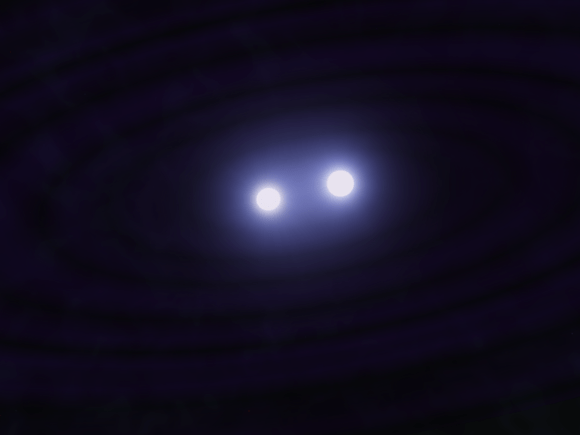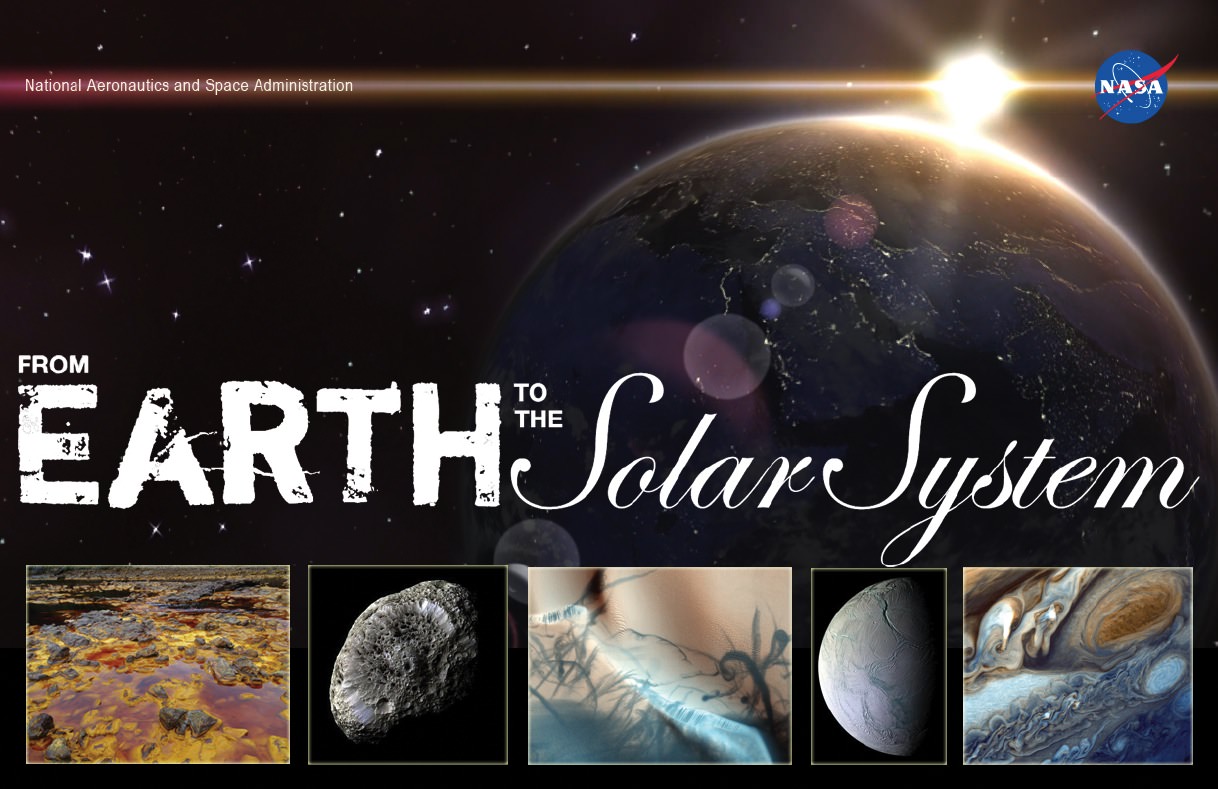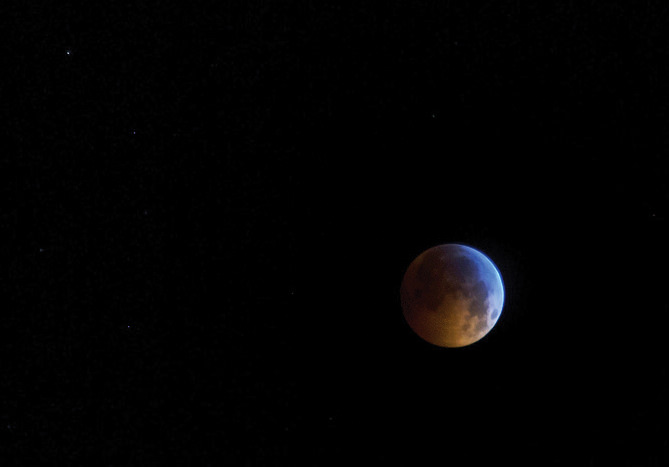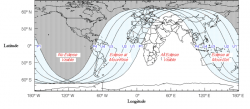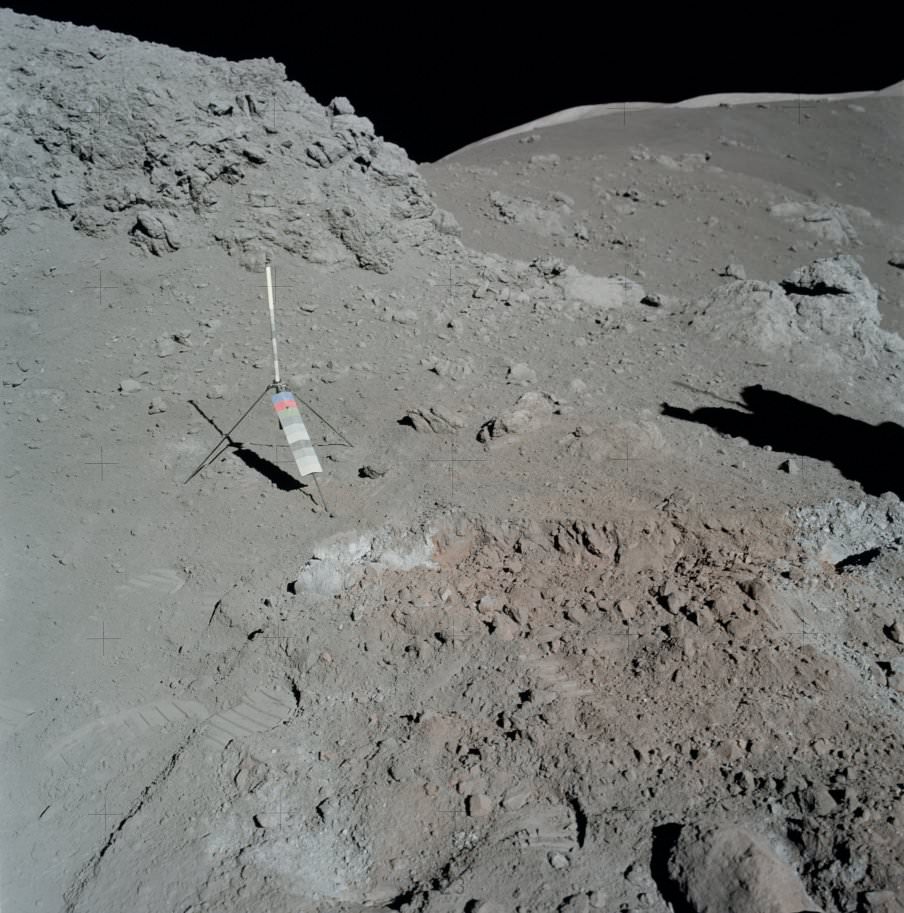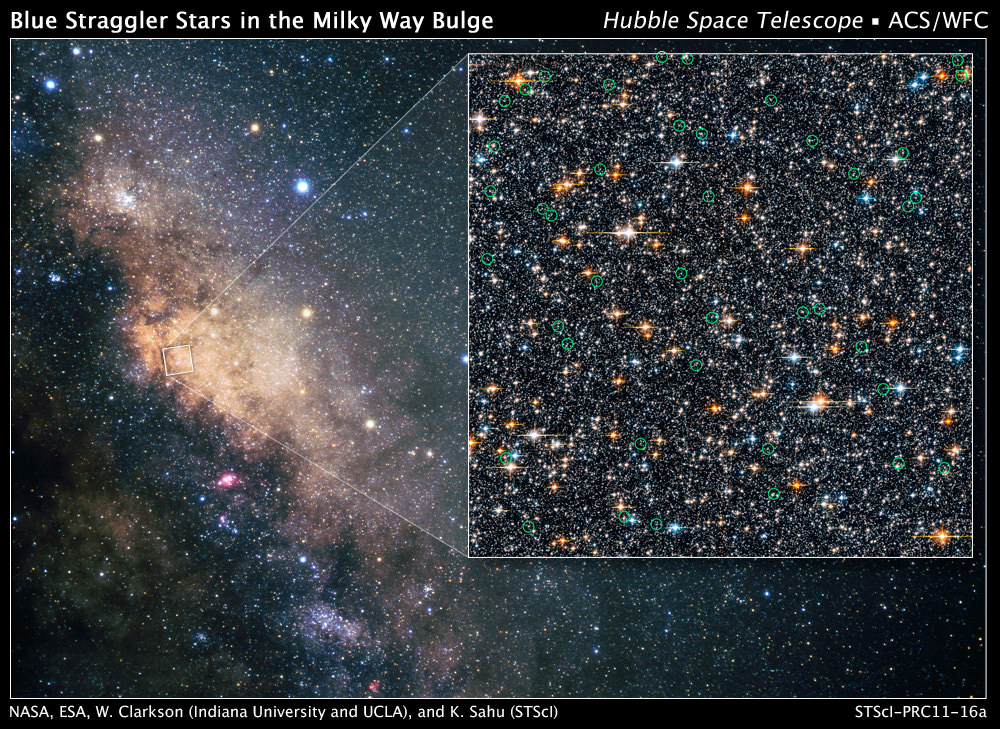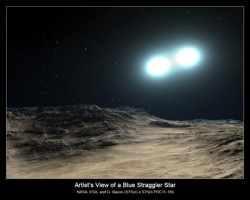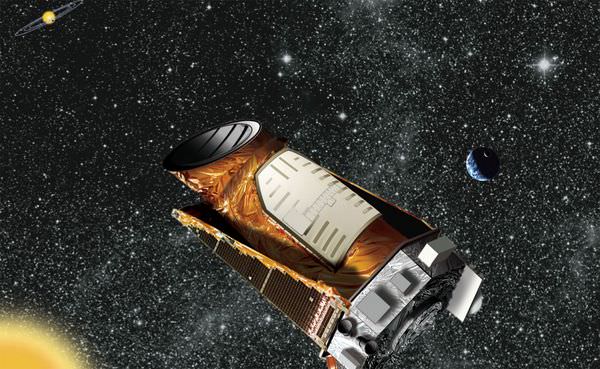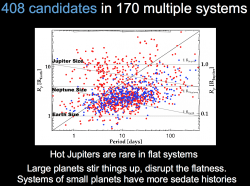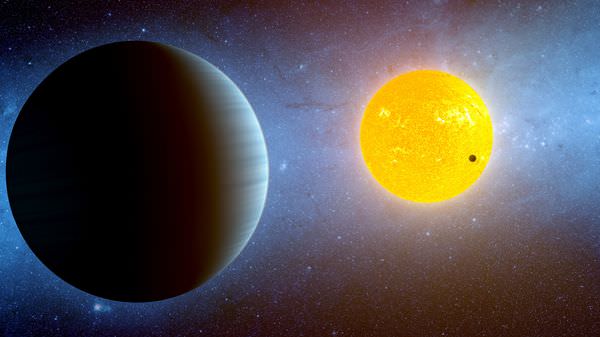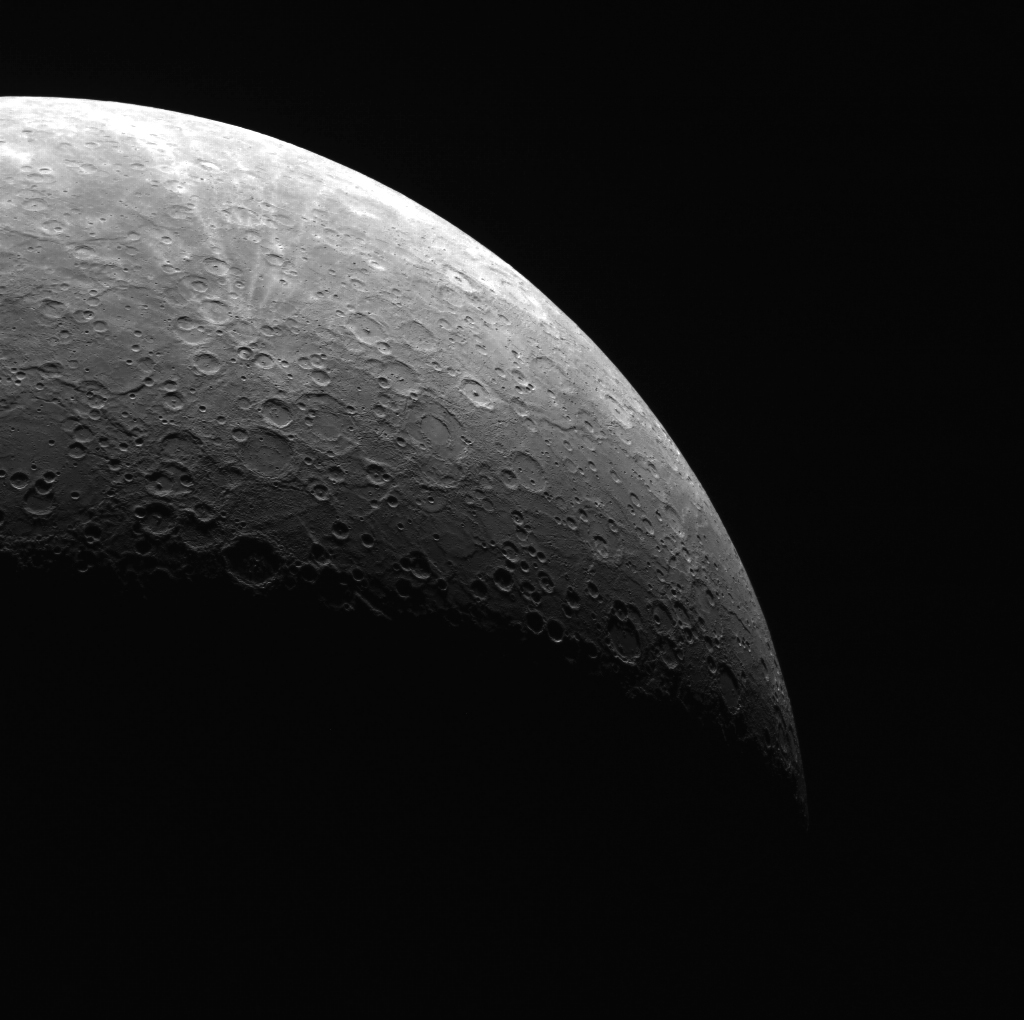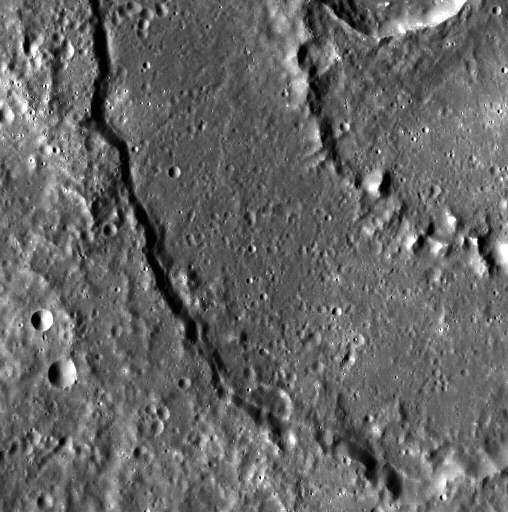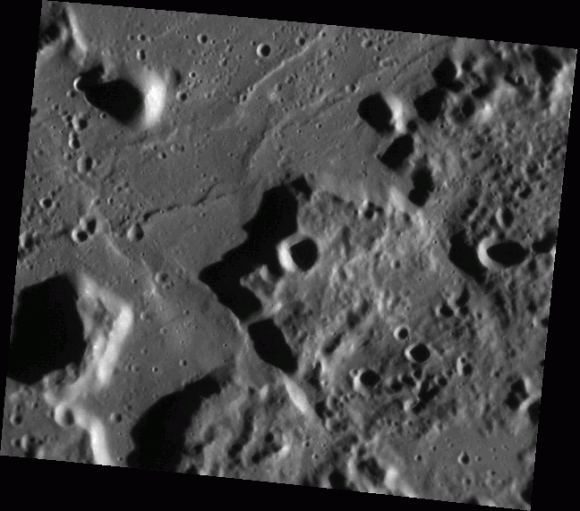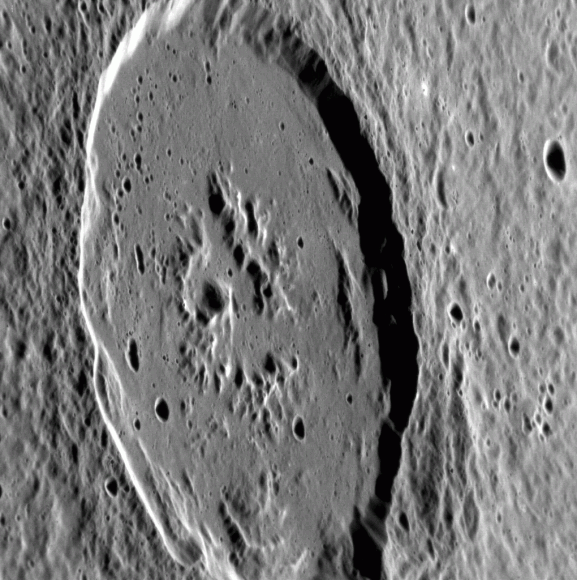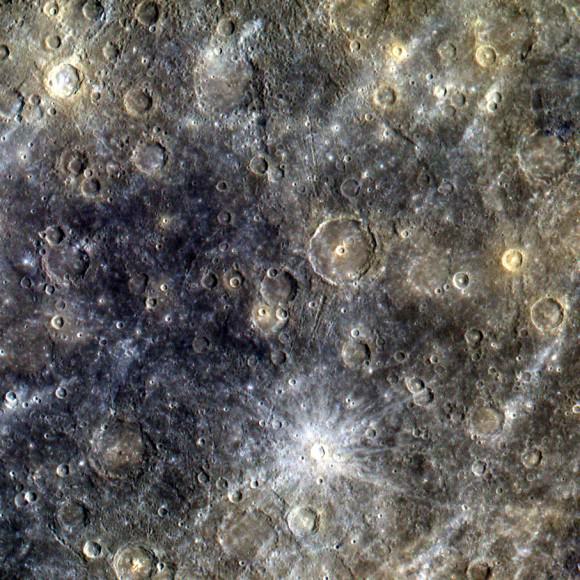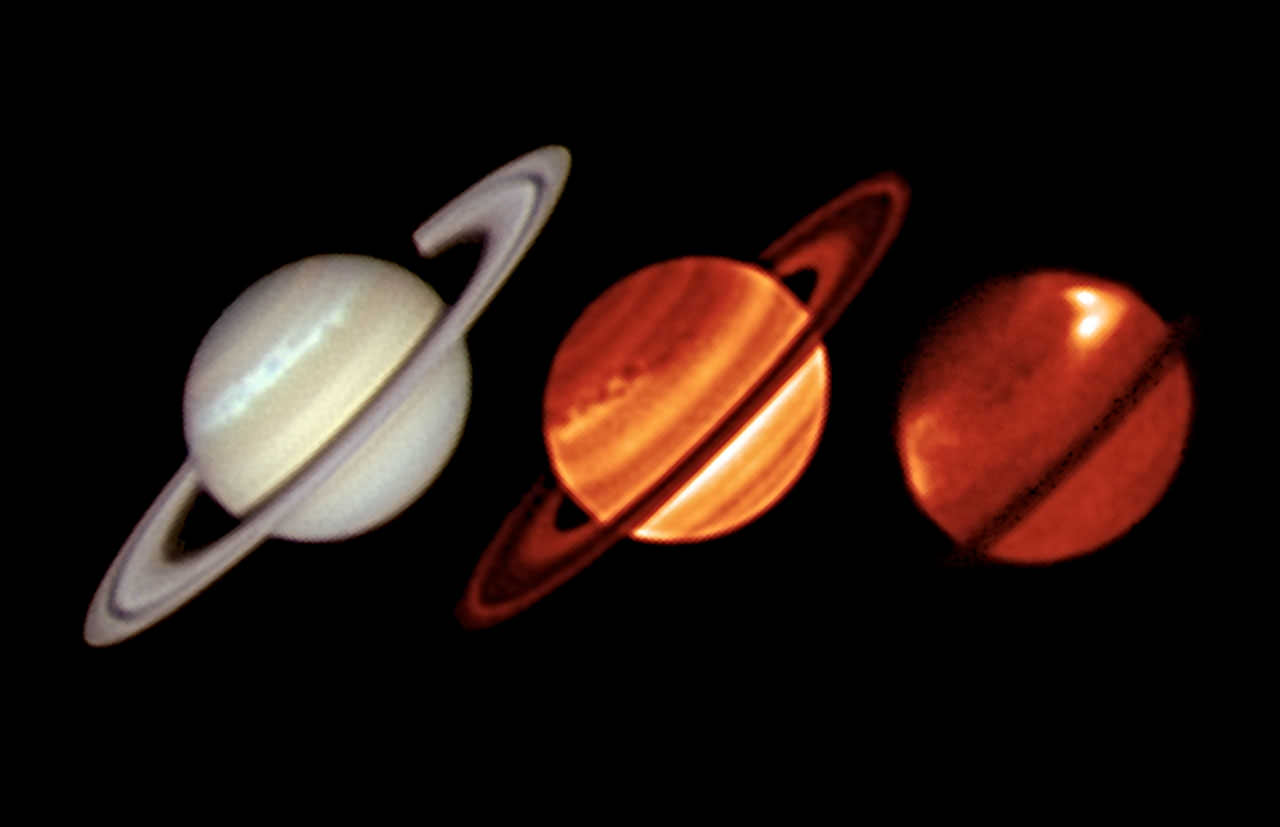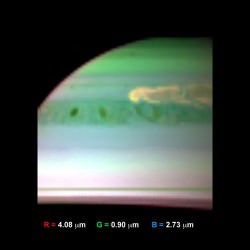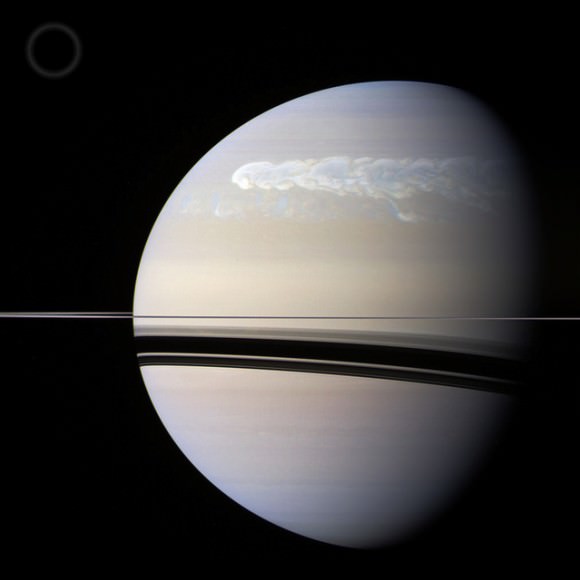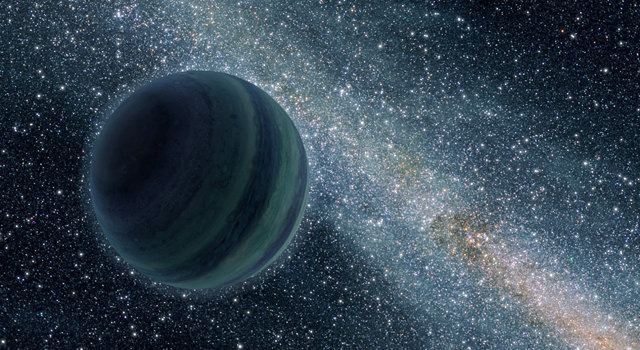[/caption]
Two stars have been discovered locked in a mutually-destructive embrace, a relationship that will end with both losing their individual identities as they spiral increasingly closer, eventually becoming a single hot body that is destined to quickly fizzle out.
No, we’re not talking about the cover of a Hollywood tabloid, these are two white dwarf stars 1,140 light-years away in the constellation Leo, and they are the second such pair of their kind ever to be discovered.
Astronomers at the University of Warwick in the UK have identified a binary pair of white dwarf stars named CSS 41177 that circle each other closely in an eclipsing orbit. What’s particularly unique about this pair is that both stars seem to have been stripped down to their helium layers – a feature that points at an unusually destructive history for both.
White dwarfs typically form from larger stars that have burned through their hydrogen and helium, leaving behind hot, dense cores composed of carbon and oxygen – after going through a bloated red giant phase, that is. But when stars are very close to each other, such as in the case of binary pairs, the expanding hydrogen shell from the larger one undergoing its red giant phase is stripped away by its smaller companion, which absorbs the material. Without the compression and heat from the hydrogen layer the first star cannot fuse its helium into heavier elements and is left as a helium white dwarf.
When the time comes for the smaller star to expand into a red giant, its outer layers are likewise torn away by the first star. But the first star cannot use that hydrogen, and so both are left as helium white dwarfs. The unused hydrogen is ultimately lost to the system.
It’s a case of a destructive codependent relationship on a stellar scale.
The white dwarf stars in CSS 41177 will eventually merge together in about a billion years, gaining enough mass in the process to begin fusing their combined helium, thus becoming a single star called a hot subdwarf. This period could last another 100 million years.
This discovery was made using data gathered from the Liverpool Telescope in the Canary Islands and the Gemini Telescope on Hawaii. The paper was accepted for publication in the Astrophysical Journal and is entitled A deeply eclipsing detached double helium white dwarf binary. (Authors: S. G. Parsons, T. R. Marsh, B. T. Gaensicke, A. J. Drake, D. Koester.)
Read more on SpaceRef.com.
The image above was created by Andrew Taylor, a.k.a. digital_drew. He specializes in starry-night landscapes as seen from speculative planets orbiting familiar stars in our galaxy and was kind enough to provide me with this custom binary pair image. Check out his photostream for more!

